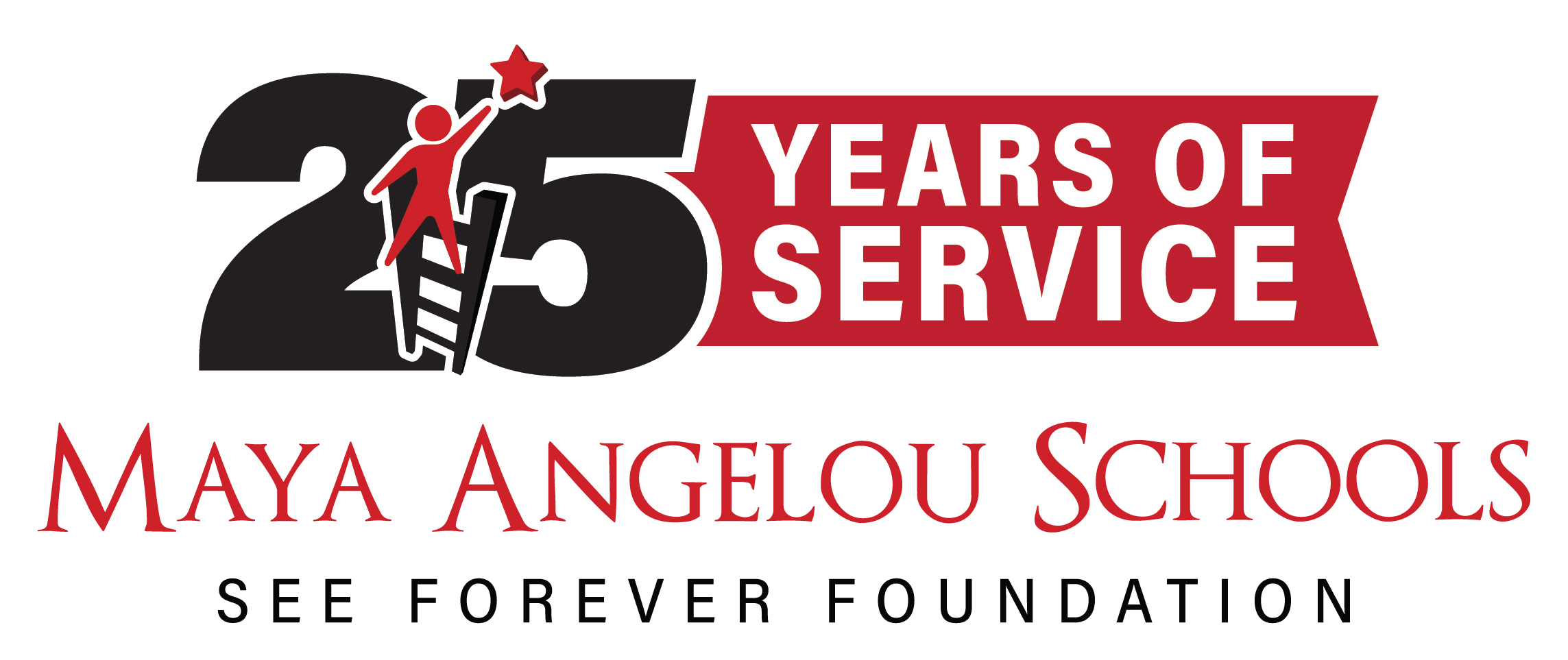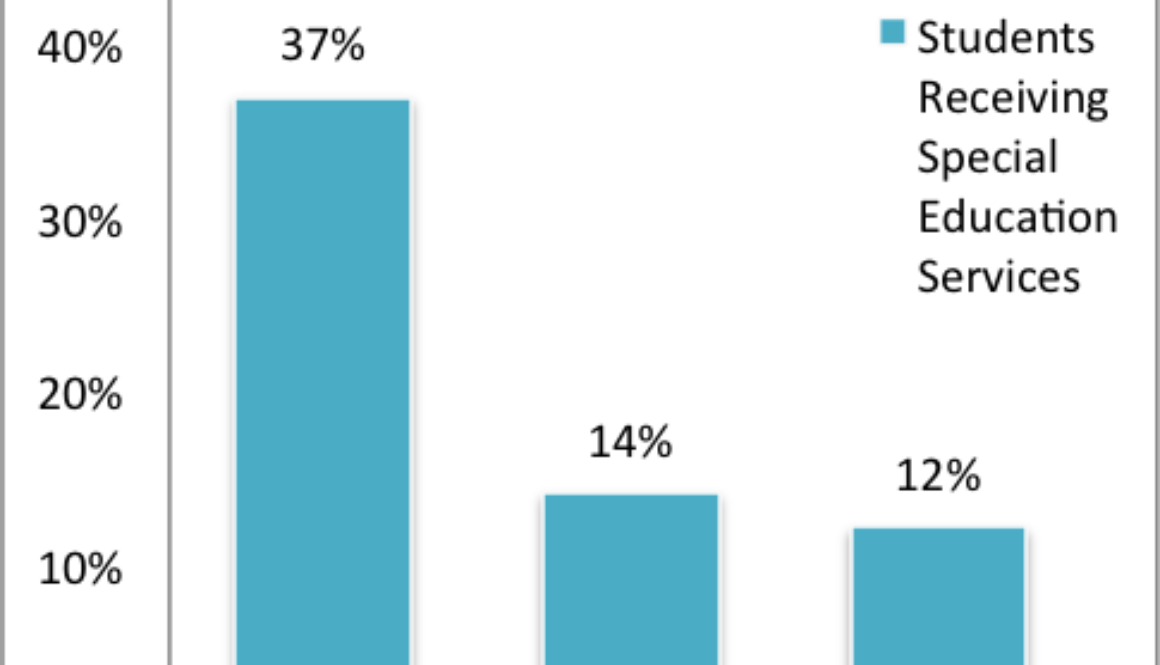Demographic Data for 2014-2015 School Year
Every September, school counselors interview students about their academic and socio-emotional histories.ÃÂ Counselors and teachers use this information to create unique student-centered academic and behavior programs.
The data presented is just a sampling of the personal, academic and intellectual needs of our students. The data shows us that our students need help. They need committed teachers who believe in their potential. They need an educational structure that heeds not just academic achievement, but also social and emotional competence. They need a school that will not shun or judge them for their less than perfect histories, but invite them in for second, third, or fourth chances.
At Maya Angelou, this is what they will find. We call it, The Maya Way.ÃÂ





